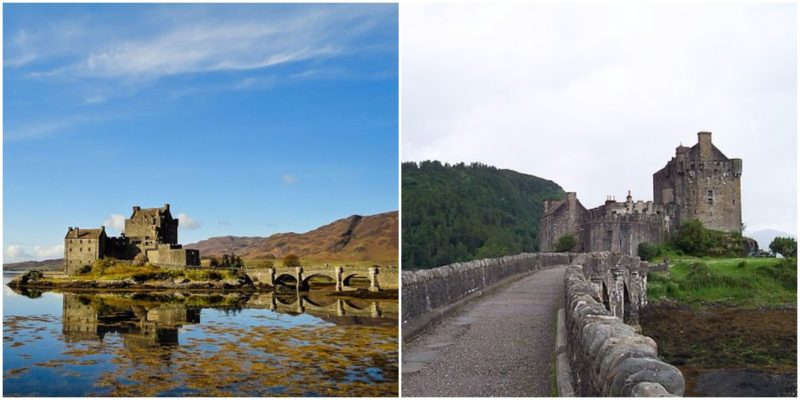The Highlands of Scotland are often praised as one of the most beautiful places on Earth. The lochs, the valleys and hills, and of course its many castles. We have covered quite a few of these buildings, but there are just so many of these beautiful stone structures that are still abandoned.
Eilean Donan Castle is among one of them. The scene is a small tidal island “rising” at the point where three sea lochs meet. The island is called Eilean Donan (which is Gaelic for the Island of Donnan), and the three lochs that surround it are Loch Duich, Loch Long, and Loch Alsh. Its central figure is a picturesque castle that dominates the island.
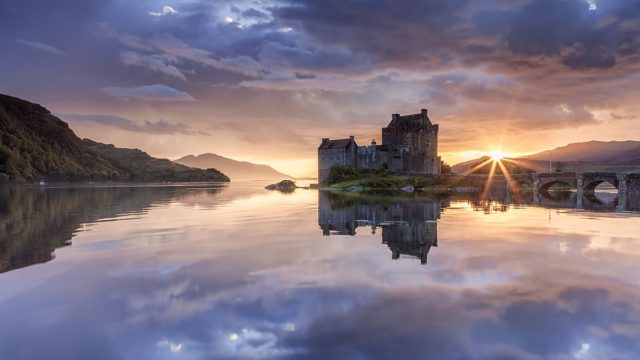
The name of the island most probably comes from the 6th century Irish Bishop and Saint of Ireland, Donan. He made his way to Scotland around 580 AD. Around the area of the island in the West Highlands of Scotland, there were several churches dedicated to Saint Donan, and it is very likely that during the late 7th century he succeeded in forming a small community on the island.
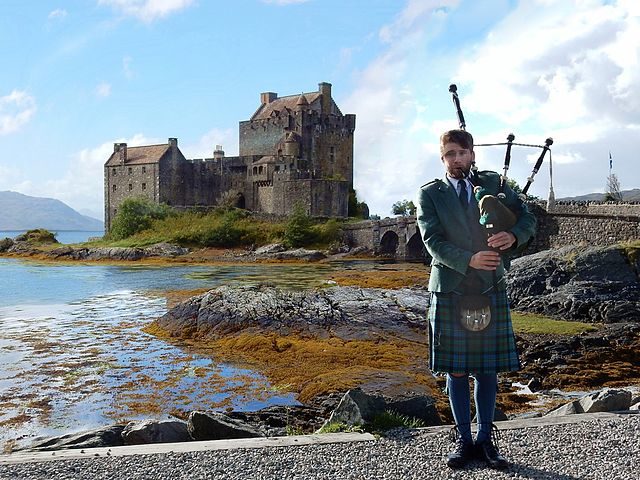
Even though no Christian churches remain in the area, the reason being constant raiding and pillaging of the Northmen, which was the name Scottish and Irish people called the Vikings), the name of the saint stuck around.
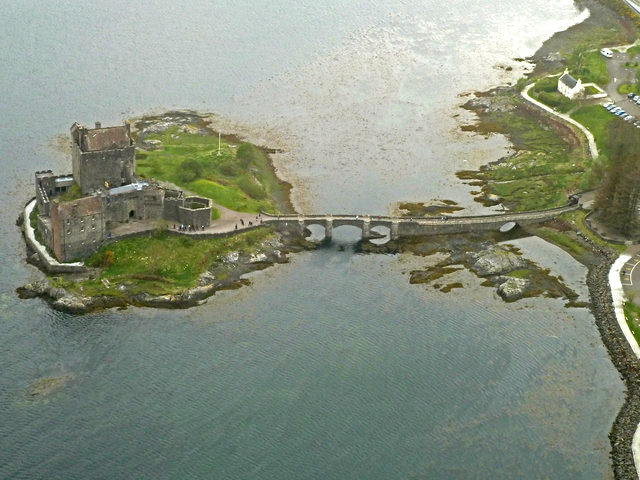
The first fortified structure on the island was built in the early 13th century to serve as a defensive measure and protect the land of Kintail from the Viking attacks that afflicted the North of Scotland and the Western Isles between 800 and 1260. The castle was built by the lord of the island who controlled the area known as the “Sea Kingdom.” The Sea Kingdom was founded in the mid-13th century and was separate from the rest of Scotland.
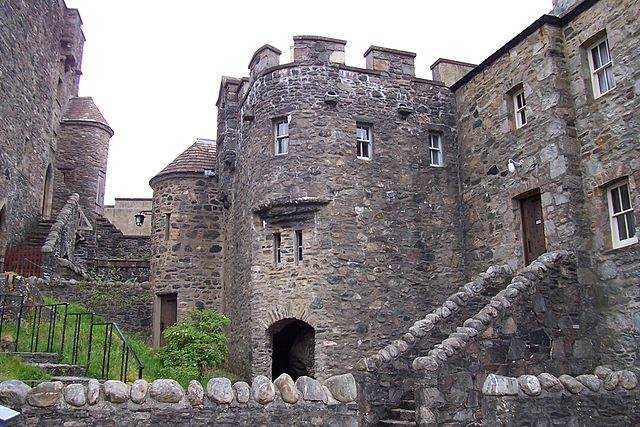
The sea served as a major trade route, and the power of the feuding clan chiefs was counted by the number of men but also the number of galleys or “birlinns” they controlled. The Island of Eilean Donan offered the perfect central defensive position.
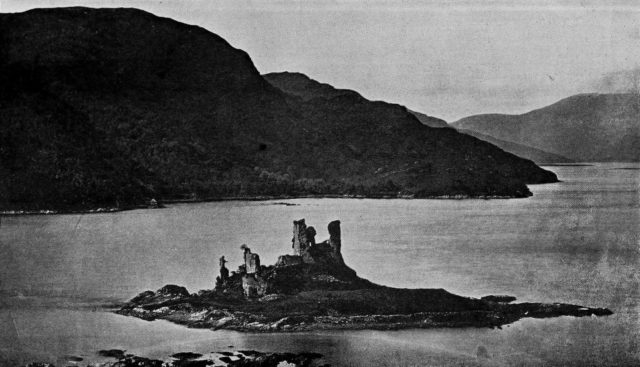
Over the following centuries, the castle continuously expanded and contracted in size. The largest of all was probably the medieval castle with towers and a curtain wall that enclosed nearly the entire island, with the main keep standing strong on the island’s high point. For reasons unknown, the castle was reduced to about fifth of its size by around the end of the 14th century. And by the 16th century, it was again expanded with the addition of horn work on the eastern wall. This strengthened the defenses as cannons were planted on the horn work with a curtain wall in front of them.

During the series of Jacobite Rising in 1715, William Mackenzie, the 5th Earl of Seaforth, joined the Jacobite army. He was in charge of men from his own Mackenzie Clan and the Clan Macrae. The Macrae clan people resided in the castle of Eilean Donan, and it is said that they danced on the roof of the castle before setting out to the Battle of Sheriffmuir, which ended indecisively and marked the beginning of the decline of the rising.
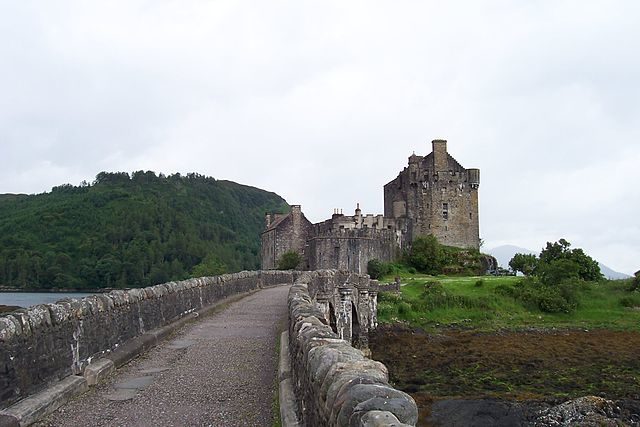
In 1719 the castle of Eilean Donan was garrisoned by 46 Spanish soldiers who were on the side of the Jacobites. They established a base full of gunpowder inside the castle and awaited reinforcements from Spain. The Spanish ships were to bring weapons and cannons to the castle and turn the uprising in their favor. However, the English Government at the time found out about this plan and took action. They sent heavily armed ships to bombarded the Spanish-occupied castle. The frigates’ names were The Flamborough, The Worcester, and The Enterprise.
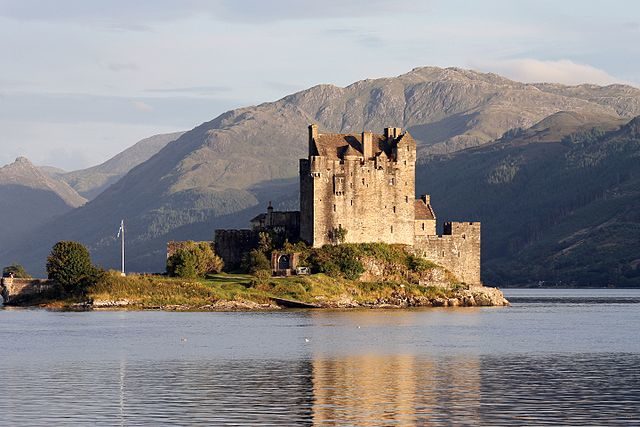
They bombarded it for three days without success, as the castle was practically invulnerable with some of the walls being 14 feet thick. After three days of cannon firing, captain Herdman of The Enterprise ordered his men to go ashore and overwhelm the castle defenders. The Spanish surrendered, after which the English discovered the magazine with 343 full barrels of gunpowder. They used it to blow up what was left of the castle.
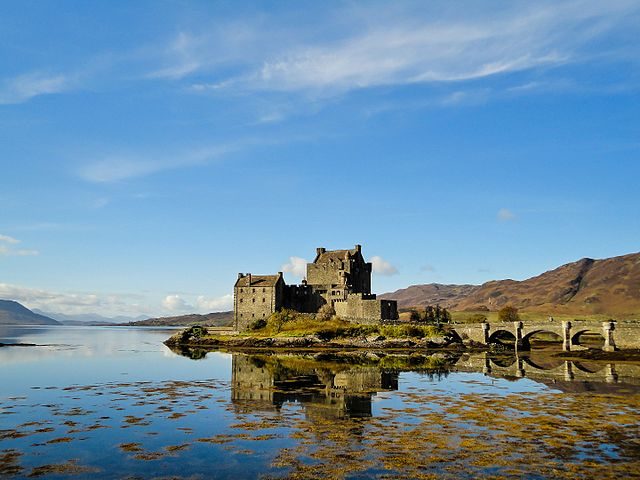
For two hundred years, the castle remained a demolished ruin. It was finally rebuilt in 1932 by Lt. Colonel John Macrae-Gilstrap who also bought the island. Today the census of 2011 shows a population of 0, but the castle is open to tourists and members of the public.
